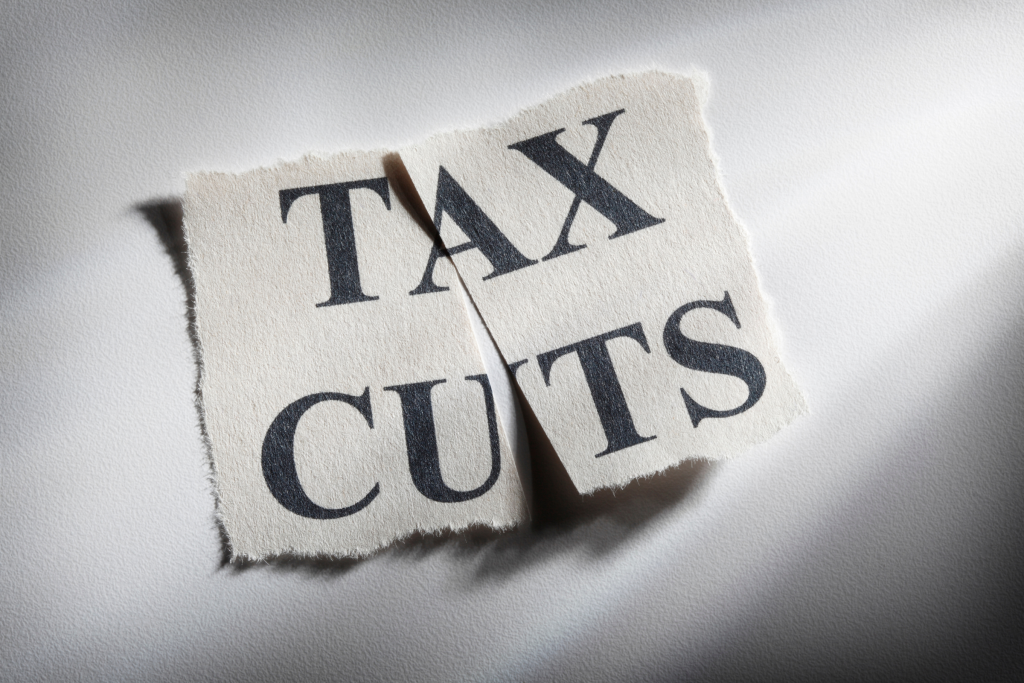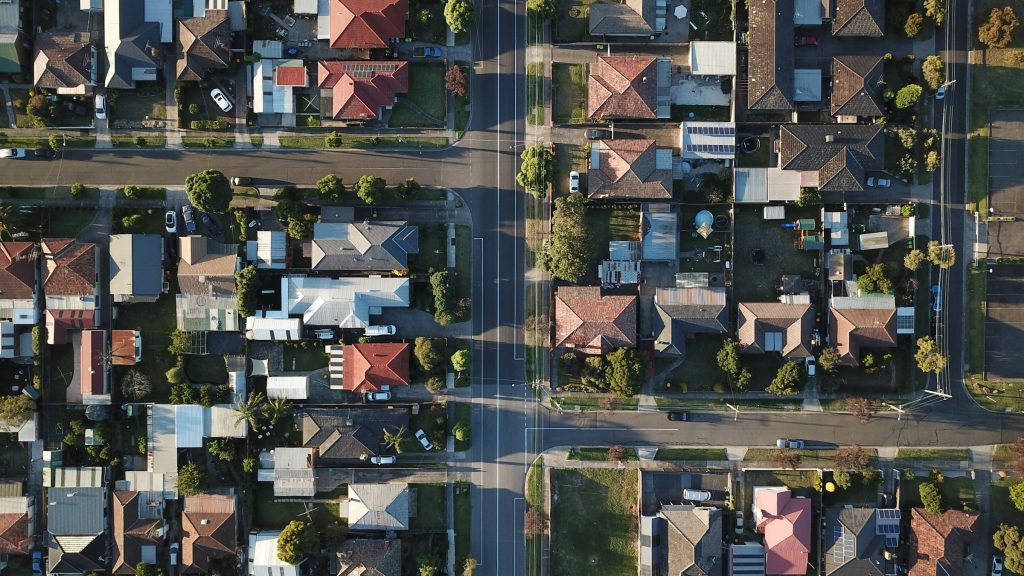Why Melbourne Is the Ideal Destination for Your Next Move
Relocating to a new city is a major decision, and for many Australians, moving interstate brings both challenges and opportunities. Among Australia’s cities, Melbourne, Victoria, is particularly appealing for those seeking a fresh start. With its vibrant culture, strong job market, and high quality of life, Melbourne is an attractive destination for those considering a move. Why Move to Melbourne? Melbourne is Australia’s second-largest city and has consistently ranked as one of the world’s most liveable cities. The city’s reputation is built on a combination of factors that make it an attractive option for new residents. Cultural and Lifestyle Appeal Melbourne is often referred to as Australia’s cultural capital festooned with theatres, music venues, and art galleries, plus close access to the Great Ocean Road. Festivals and events, such as the Melbourne International Film Festival and the Melbourne Food and Wine Festival, draw visitors and locals alike. For sports enthusiasts, Melbourne is home to major sporting events, including the Australian Open, the Melbourne Cup, and the AFL Grand Final. The city’s café culture is another drawcard, with its laneways and streets lined with cafes offering some of the best coffee in the world. Melbourne’s diverse population has also contributed to its rich culinary scene, with a wide variety of restaurants offering cuisines from around the globe. Strong Job Market Melbourne’s economy is diverse and robust, offering opportunities across various industries. The city is a hub for finance, technology, education, and healthcare, making it an ideal destination for professionals in these fields. The rise of tech companies in Melbourne has also created a burgeoning startup ecosystem, attracting talent from across Australia and beyond. For those considering moving to Melbourne, the city’s job market is a significant advantage. Whether you’re seeking a new career opportunity or looking to advance in your current field, Melbourne provides ample opportunities for professional growth. Excellent Education and Healthcare Melbourne is home to some of Australia’s revered universities, including RMIT, University of Melbourne, and Monash University. The city’s education system is well-regarded, offering high-quality education from primary school through to tertiary levels. For families moving to Melbourne, the availability of excellent schools and educational institutions is a key consideration. The city’s healthcare system is top-notch, with world-class hospitals and medical facilities. The city is a leader in medical research and healthcare innovation, ensuring residents have access to the best possible care. Housing Market Dynamics The housing market in Melbourne has experienced fluctuations in recent years, but it remains one of the most desirable locations for property investment opportunities in Australia. For those moving to Melbourne, the city offers a range of housing options, from inner-city apartments to suburban homes. While property prices in Melbourne can be high, the city’s diverse neighbourhoods provide options for various budgets. CANSTAR reported in May 2024 that suburbs like Frankston, Ascot Vale, and Brunswick East have become increasingly popular among new residents, offering a balance of affordability and proximity to the city centre. The ongoing developments in Melbourne’s outer suburbs also provide opportunities for those seeking more space and a quieter lifestyle. The Muval Relocation Survey A survey by national removals booking provider Muval provides valuable insights into why people are choosing to move to Melbourne, particularly from cities like Sydney and Brisbane. An analysis of Muval’s bookings for the first half of 2024 revealed that 30 per cent of all capital moves during February and April 2024 were directed to Melbourne. The most recent period of such high activity was recorded in September 2023 at 28 per cent. On the other hand, a 25 per cent tally of capital outbound moves for February was recorded as coming from Melbourne. When accounted for net migration, the city posted 13 per cent positive migration in February and two per cent in April. Evaluators hailed the data as a stunning rebound for the city, whose last positive net migration was three per cent in January 2020. The grip of the COVID-19 lockdowns later brought serious negative results at -61 per cent in August 2020 and -64 per cent in September 2021, with Sydney and Brisbane actually benefiting from the exodus of Melburnians. However, cost-of-living issues have gradually made living in Sydney and Brisbane more or less untenable in those six months. Muval’s data for Brisbane recorded an average 22 per cent inbound metro moves and outbound metro bookings reached 23 per cent in April, with net migration reaching record lows that month at -13 per cent. Down south in Sydney, Muval’s H1 2024 inbound metro moves included 19 per cent overall in January and June, but accounting for 30 per cent overall during the period – the net migration teetered between -41 and -52 per cent. Looking back at the data, Muval co-founder/CEO James Morrell said it may be easier to acquire a new house in Melbourne than in other capitals because of a less severe housing shortage. AMP chief economist Shane Oliver postulated in July 2024 that an upcoming round of lower interest rates can put Melbourne at a commanding lead nationwide in terms of affordable property and larger rental yield. Tips for a Smooth Move to Melbourne If you’re considering resettling in Melbourne, the following are some tips to ensure a smooth transition. Research Neighbourhoods Take the time to explore different suburbs in Melbourne to find the one that best suits your lifestyle and budget; access to basic services, schools and your potential workplace must be factored as well. Plan Your Move Engage with professional movers who are familiar with interstate relocations. Companies listed on platforms like Muval can offer competitive quotes and ensure your belongings are safely transported. Budget for Housing Be prepared for the cost of living in Melbourne, especially in terms of housing. If buying, explore different financing options and consider seeking advice from a property expert. Embrace the Lifestyle Melbourne is known for its cultural diversity and vibrant lifestyle. Take advantage of the city’s offerings, from its café culture to its arts and sporting events. Conclusion Moving to
Why Melbourne Is the Ideal Destination for Your Next Move Read More »











